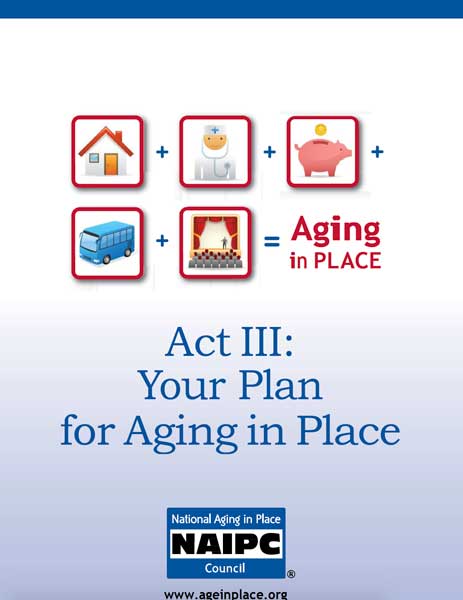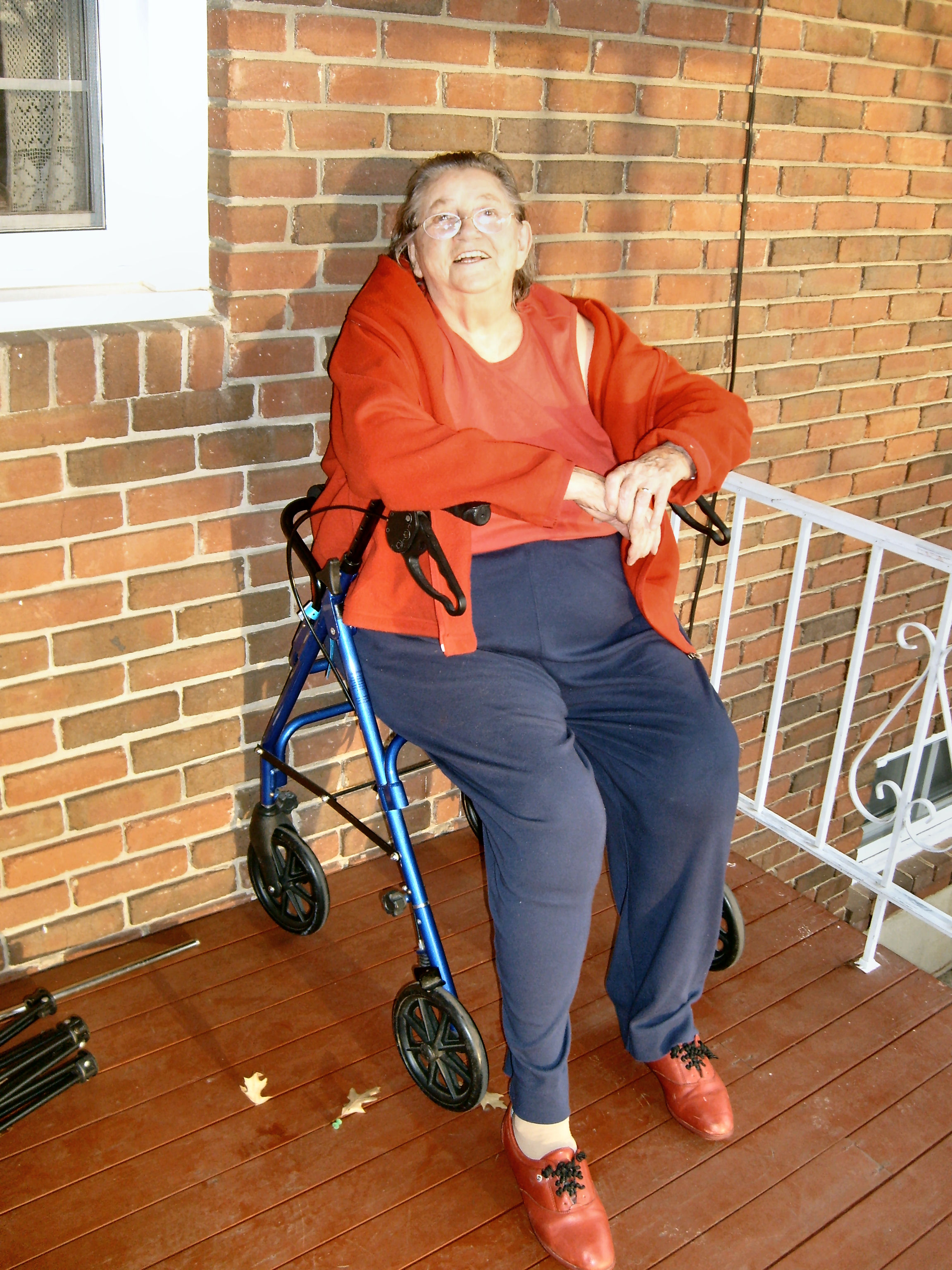I use the term permanent housing to refer to a home designed to be useful for the entire lifespan of its occupants. I do not mean to suggest that we are building houses that will last forever. The oldest house still standing that I could find reference to is a stone house at Knap of Howar on the island of Papa Westray in Orkney, Scotland. While the roof, which was probably thatched, has disintegrated, the stone walls are still standing some 5,000 years later. As a builder, I am impressed, but that is not what I mean by permanent housing. I do want to introduce the idea that our houses can and should be places where we can live out the entire course of our lives without undue burden to ourselves or our families. I do hope to see “Peter Pan housing” (That is, housing for people who never grow old) begin to be phased out to make way for what I call permanent housing.
Permanent housing would never keep somebody out just because they can’t climb stairs, or reach the upper shelves in the linen closet, or get into or out of a bathtub. The entry would be accessible, the doors would be wide, and the kitchen would be safe and easy to use. The lighting would be bright and glare free and the controls and communications would be operable by people with diverse sensory and functional abilities. For example the door bell would not only sound a chime, but would also flash a light. The lighting, temperature, and other controls would be voice activated, and the lights could be set to come on automatically if you get up during the night. All of these features are available now, and I am working to incorporate them into as many people’s home as I can. Having a house that serves you throughout your lifetime is not the whole picture however.
I recently read a blog by Louis Tenenbaum, the author of The MetLife Report on Aging in Place 2.0 which I wrote about in the October 2010 edition of Housing Matters. Louis is the nation’s leading authority on aging in place and is constantly advocating for increasing the ability for all of us to live independently in our own homes as long as we choose to. The gist of Aging in Place 2.0 is that we need to implement a network of services in order to successfully age in place. Anyone who is a caregiver recognizes the daunting number of choices that must be made to keep a loved one safely and comfortably at home. I am excited about some of the new developments on the horizon. The Lynchburg Area Villages launched the first senior village in our region on the first of the year and Louis Tenenbaum is organizing The Aging in Place Initiative to help coordinate and develop the systems and networks to provide support to those aging in place. I expect you will be seeing more about both of these subjects here at Housing Matters.
In conclusion I will continue to espouse the value of permanent housing that we can live in for a lifetime. The benefit not only to our seniors but to all of us is immeasurable. I have long held the belief that we lose the benefits of vast amounts of wisdom and perspective when our senior citizens leave the community at large and gather themselves into communities made up primarily of older folks. If you are interested in learning more about aging in place or are interested in how you could fit into this developing network, please contact me at (540) 384-2064 or cmoore@solidrockenterprises.com.


